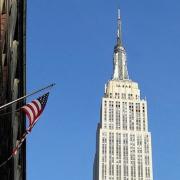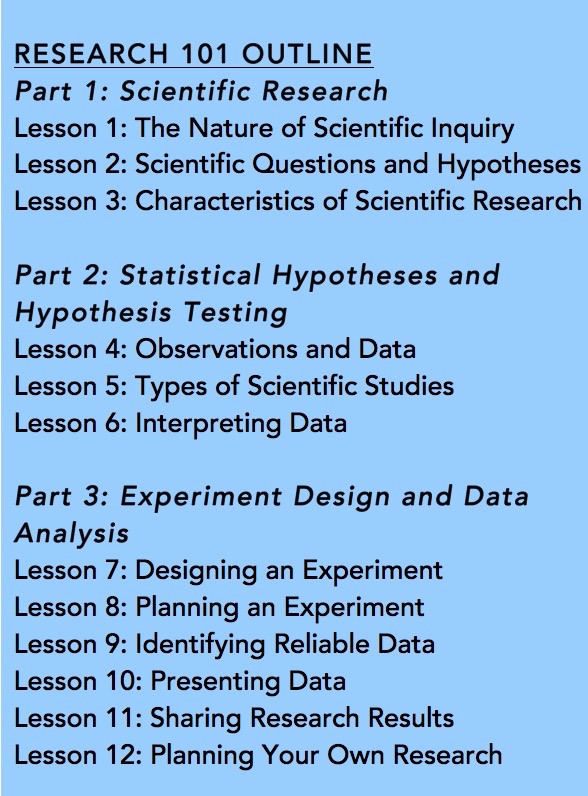
HIGH-FLYER HEADS FOR BIG APPLE
Just before he departed for New York to meet Bill Gates, Spurtle caught up with S4 pupil Mohshin Syed from Drummond Community High School.
Mohshin is one of 250 students selected out of 2,000 candidates worldwide to join the New York Academy of Sciences' Junior Academy, 'a virtual program for exceptional students interested in science, technology, engineering, and math (STEM)'.
Alerted to the Junior Academy by Physics teacher Stewart Gray, to enter Mohshin had to write a short essay about a scientific problem (see below). He chose global warming, a subject close to his heart since his parents come from from Bangladesh and that country will be very badly affected by rising sea levels. 'To postpone tackling this problem will make it harder to deal with', says Mohshin.
On the basis of his essay, and a glowing, endorsement from Mr Gray, Mohshin learned that he been accepted into the Academy in November of last year.
Research 101

It covers topics on the nature of scientific inquiry, statistical hypotheses and hypothesis testing, and experimental design and analysis.
Each week students receive tasks by e-mail, which they complete and then discuss with fellow students and mentors over web chat on the Schoololgy site. To cover all students' time zones, there are two discussions per week, at different times. The majority of students Mohshin has met are from the US, with a number from India, Pakistan, and continental Europe.
There are tests at the start and end of the entire course, and before each task students' existing knowledge is tested. Mohshin spends two–three hours on the tasks and 1 hour on the discussion meeting, on top of studying for his National 5 exams.
Hard work and excitement

On completing the Research 101 course, he will compete alone or in a group over 60 days to research and design the best solution to one of this year's two challenges: 'Food Loss' and 'Wearables'. Students will be mentored by industry professionals. The top 25 get funded to attend the Academy summit in New York this summer.
Mohshin – currently studying Physics and Chemistry – is thinking of applying his scientific talents to Medicine or Chemical Engineering in the future. He's keenest on Physics, as he enjoys looking at the patterns of Nature and the effects of forces, and he loves solving problems. Although science is his favourite hobby, he finds time to play badminton at Meadowbank and in school.
How is he feeling about going to New York? Excited, but worried about getting through US Customs.—David Sterratt
Mohshin's essay
Global warming is a global crisis, which if not dealt with soon could become an irreversible issue.
There are a number of physical and human factors that influence climate change, and while we cannot control the physical factors we can control the human factors.
The myriad of vehicles burning petrol and diesel, which release greenhouse gases into the atmosphere; the incorrect disposal of air-conditioning units and refrigerators, releasing chlorofluorocarbons; the combustion of fossil fuels, which again releases pollutant gases; these are all factors which speed up the rate of global warming.
If something is not done about this then the people of Bangladesh will continue to endure the constant flooding, the retreating glaciers and rising water levels will destroy various animal habitats, and African countries will somehow have to harvest crops – from a drought-affected country – to feed their starving people.
By 2050, if the volume of greenhouse gases has not significantly decreased, then this problem will continue to grow harder to solve. If we do not fix the problems we have caused, then future generations will have to deal with a problem that may be impossible to solve.
[Empire State Building image, top-right: 2eklectic, Creative Commons.]